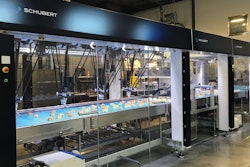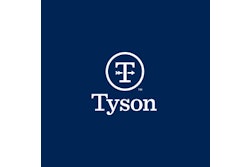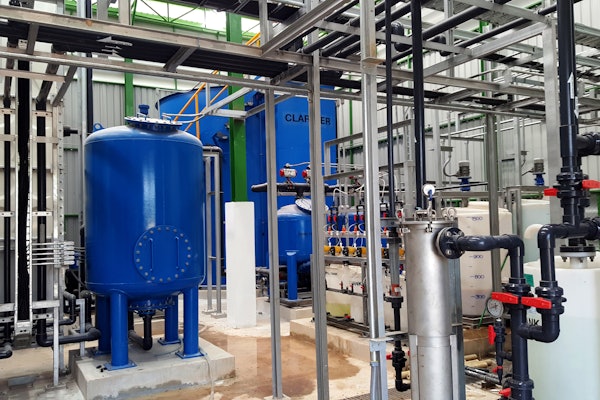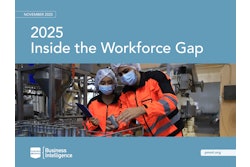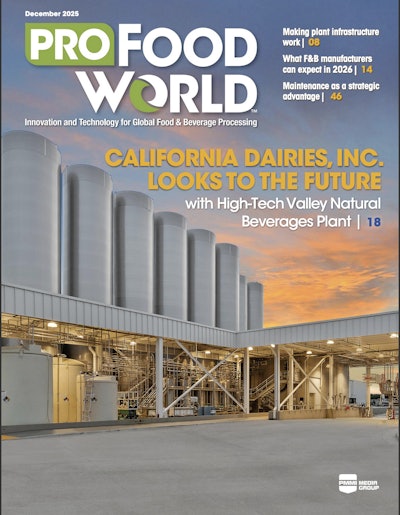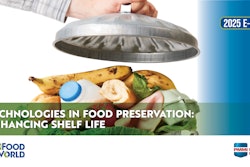According to “2019 Trends and Advances in Food Packaging and Processing,” a report by PMMI Business Intelligence, meat, poultry and seafood holds an 18.1% share of the nine food categories, with the number of establishments decreasing to 2,436 between 2014 to 2017 (a CAGR of -1.6%), even though the number of employees increased to 381,816 during the same period, at a CAGR of 3.2%.
Meat, poultry and seafood product packaging trends include the use of more vacuum and MAP sealed trays for aesthetic appeal. One Process Engineer at a meat processing company said, “We developed a proprietary post-pasteurization process that guarantees our cooked products are free of preservatives, harmful bacteria, and foodborne pathogens.”
Variety protein packs and single-serve tuna in recyclable cups with a foldable fork are also new trends, as are on-the-go meat snack bars. Protein-sourced additives such as soy, whey, algae and insect protein are gaining awareness, as are meatless replacements such as plant-based protein alternatives.
Meat, Poultry and Seafood Product Processing Trends
· Plant-based meats are growing rapidly; plant-based seafood may be the next frontier.
· Red meat consumption has declined, but higher costs make up for volume loss.
· Poultry sales of certified ready-to-eat, USDA inspected chicken continue to increase.
· Animal welfare, humane handling, and how the animal is fed or farmed are important marketing messages.
· Increasing growth in seafood.
Consumer habits are driving change in this market. Consumers want more organic products, more choices and more premium products. As all-day breakfast foods have expanded, so has the consumption of meat products.
Plant-based meat sales have gone up 10%, and account for 2% of all retail meat sales. Refrigerated plant-based meat grew by 37%, while conventional meat grew only 2% in the same time period.
Source: PMMI Business Intelligence “2019 Trends and Advances in Food Packaging and Processing”
Download the FREE Executive Summary below, or PMMI Members can download the entire report here.
Make plans to visit PACK EXPO International in Chicago, November 8-11, to see on-trend food processing and packaging machinery and materials.





